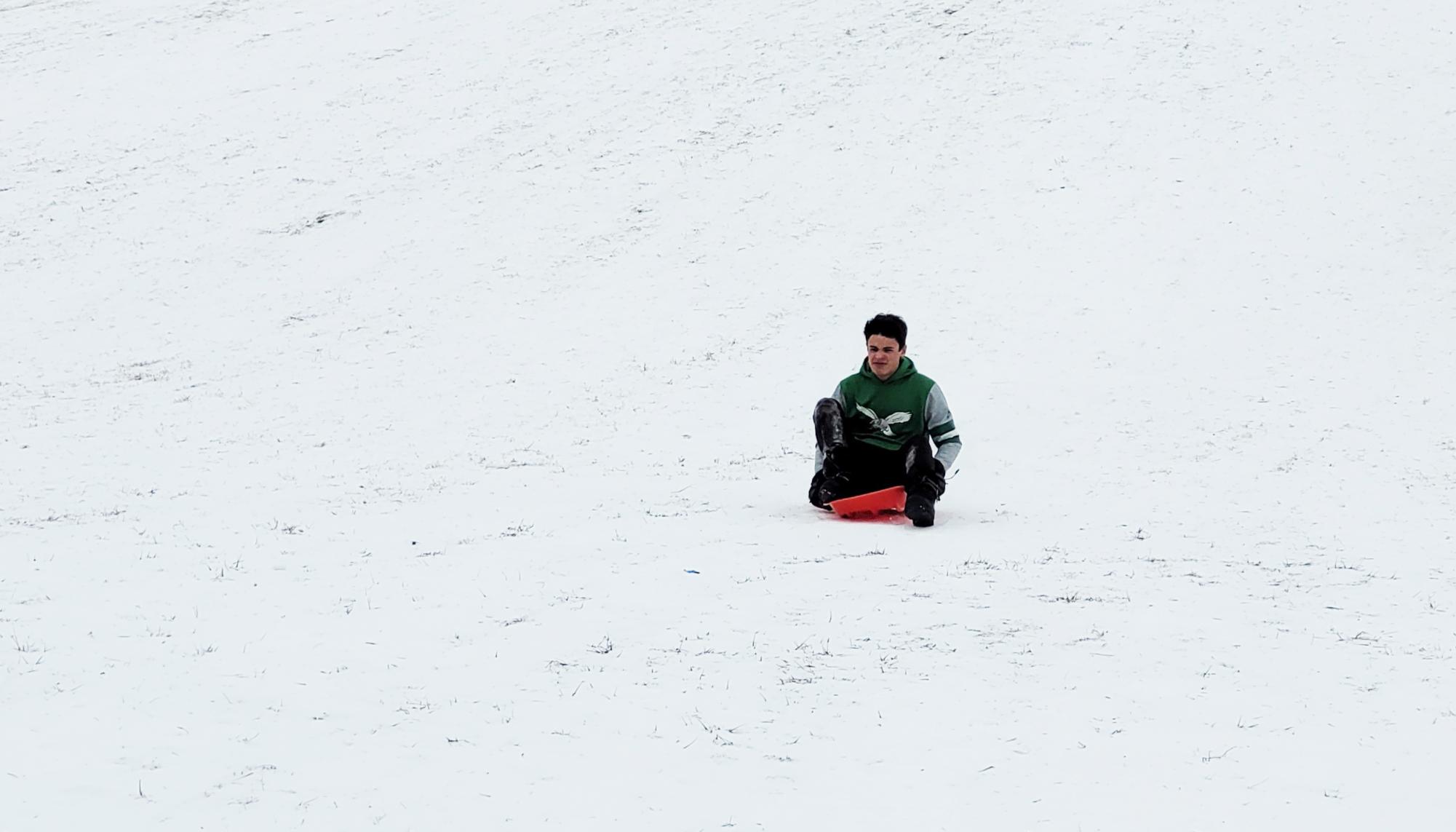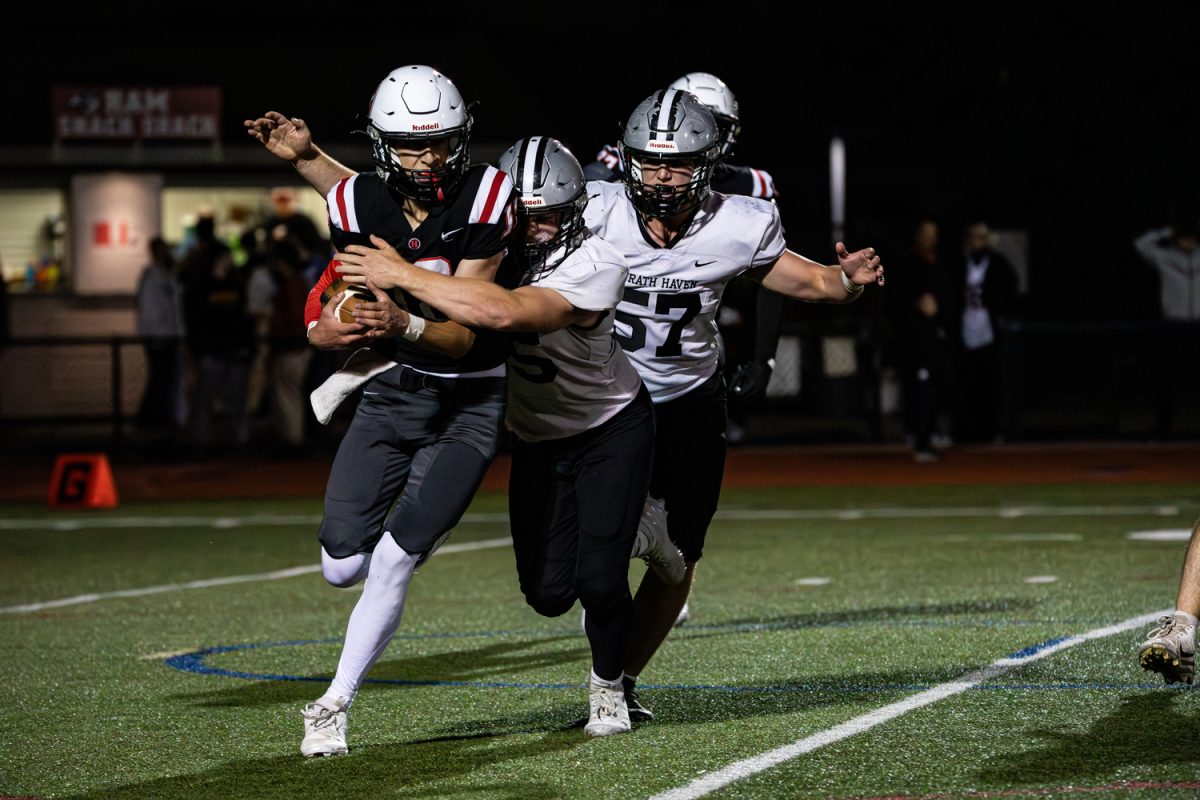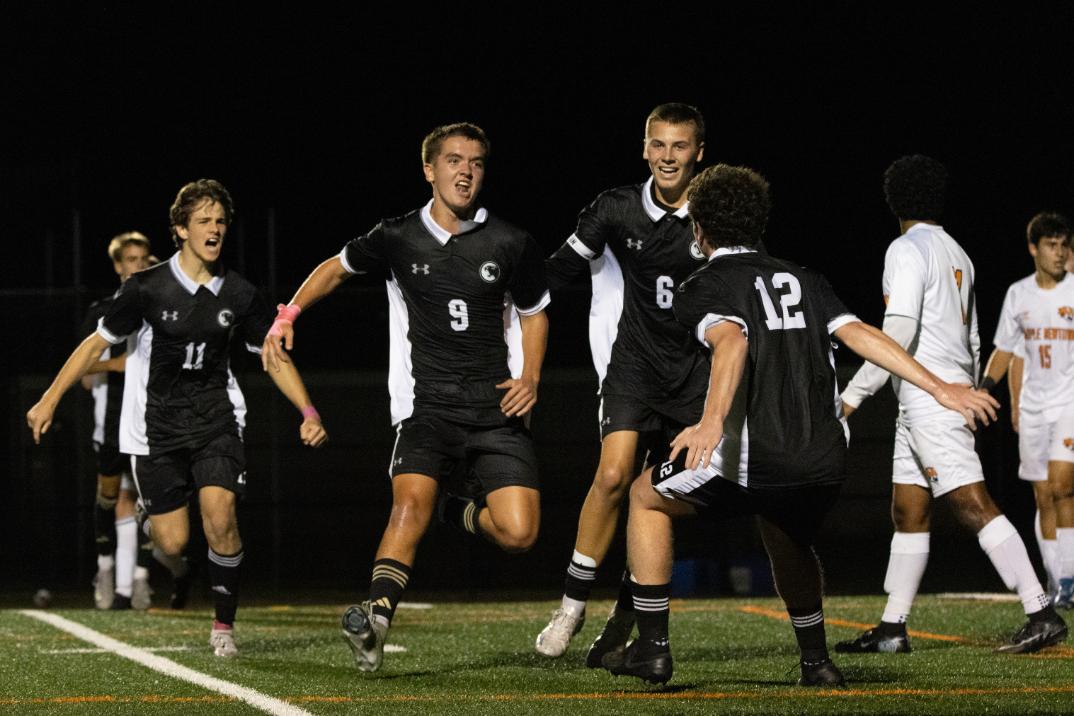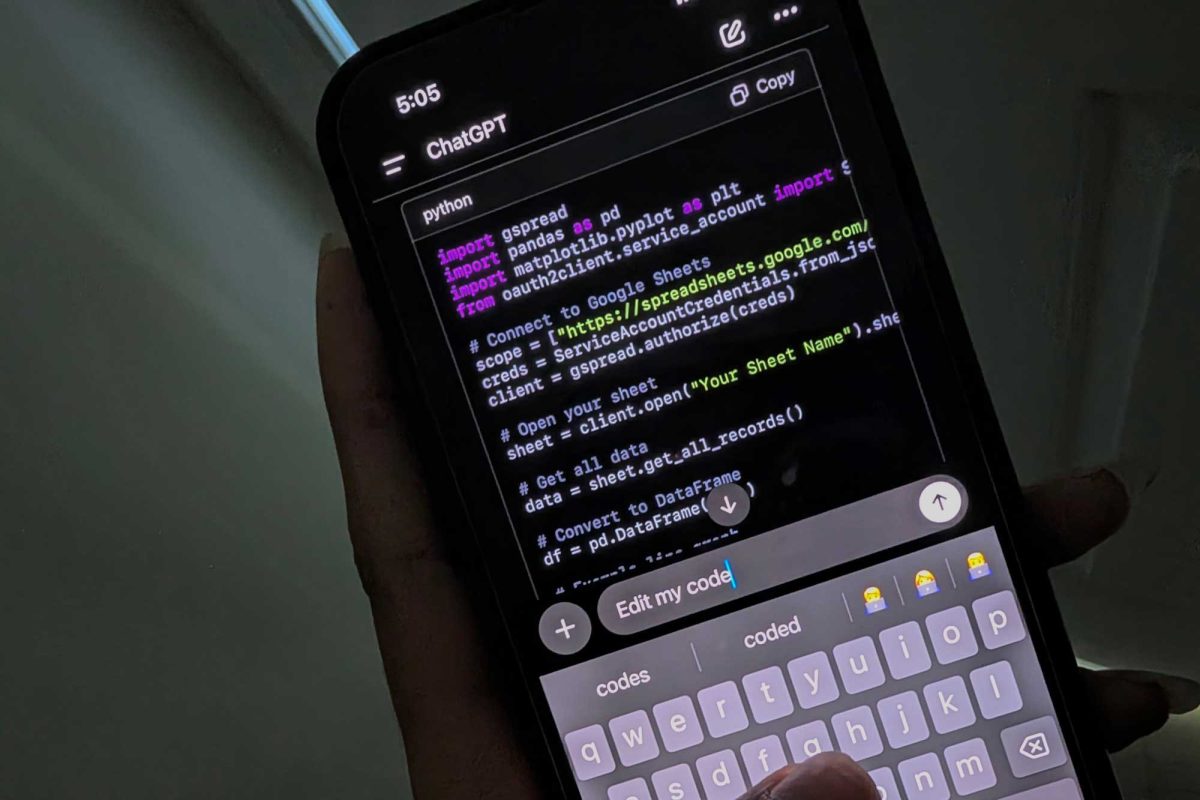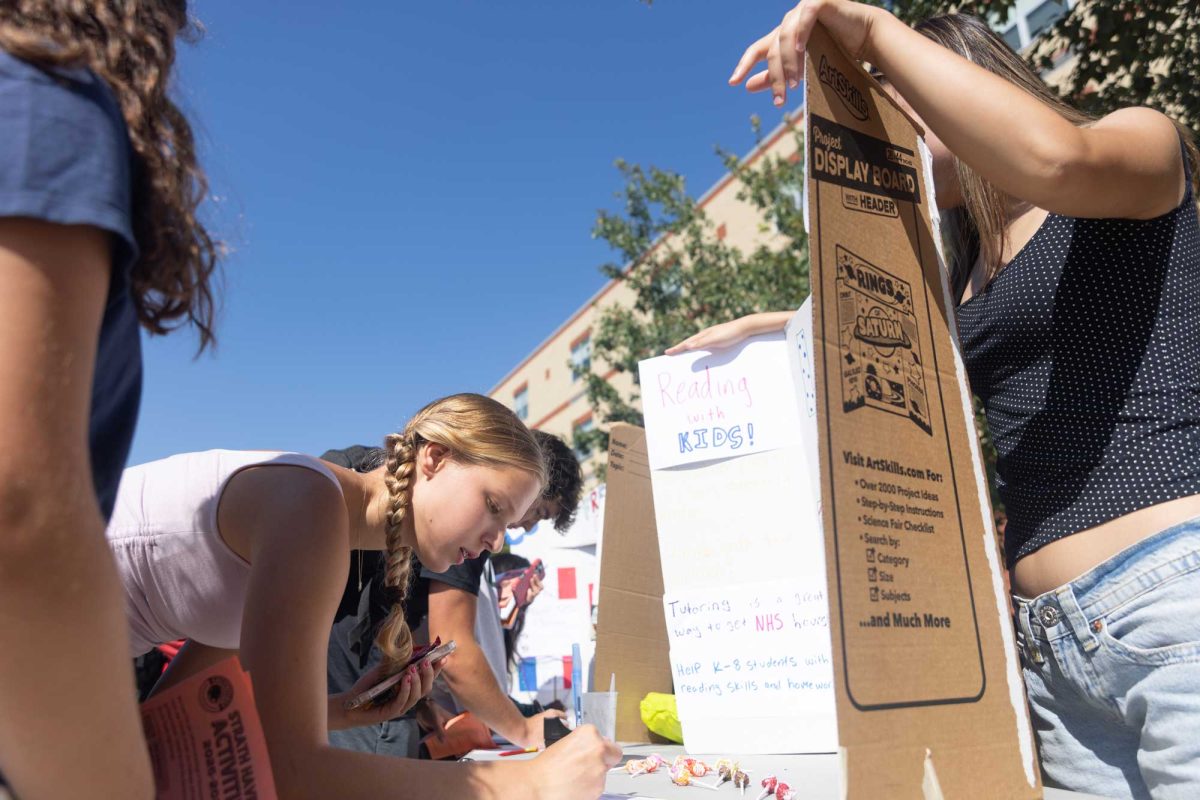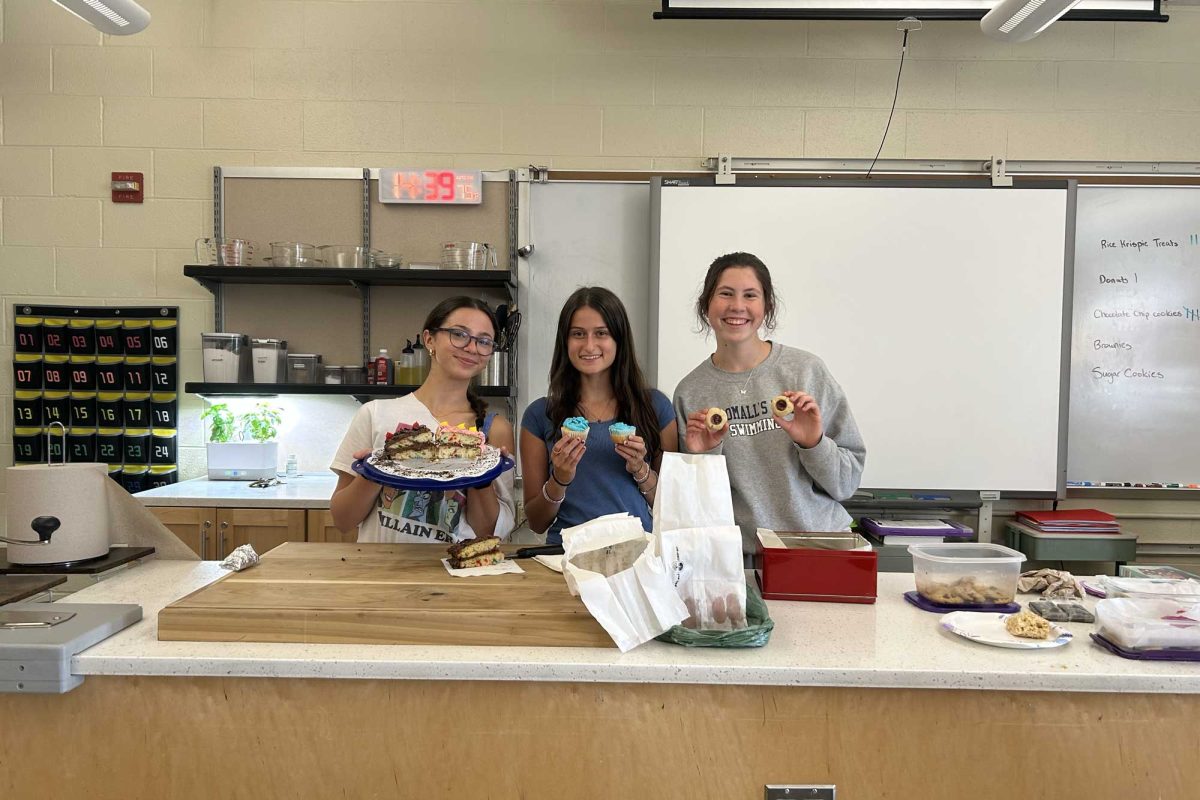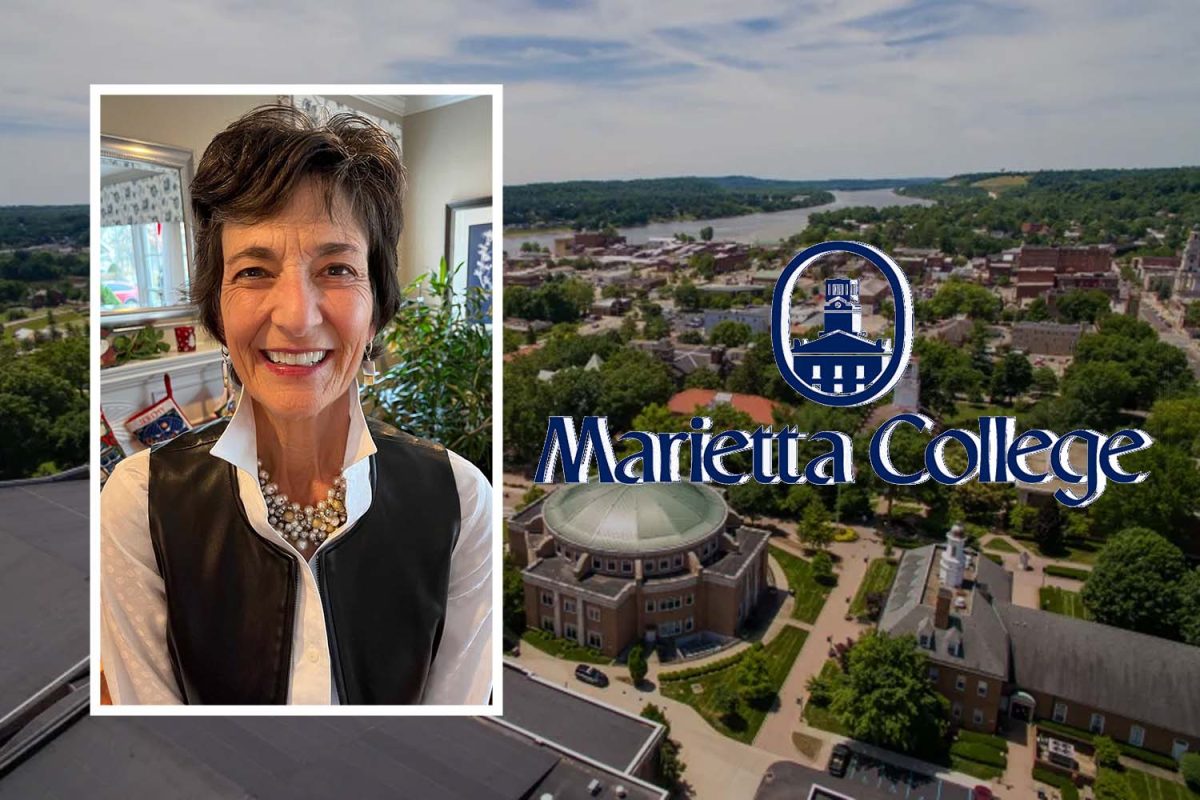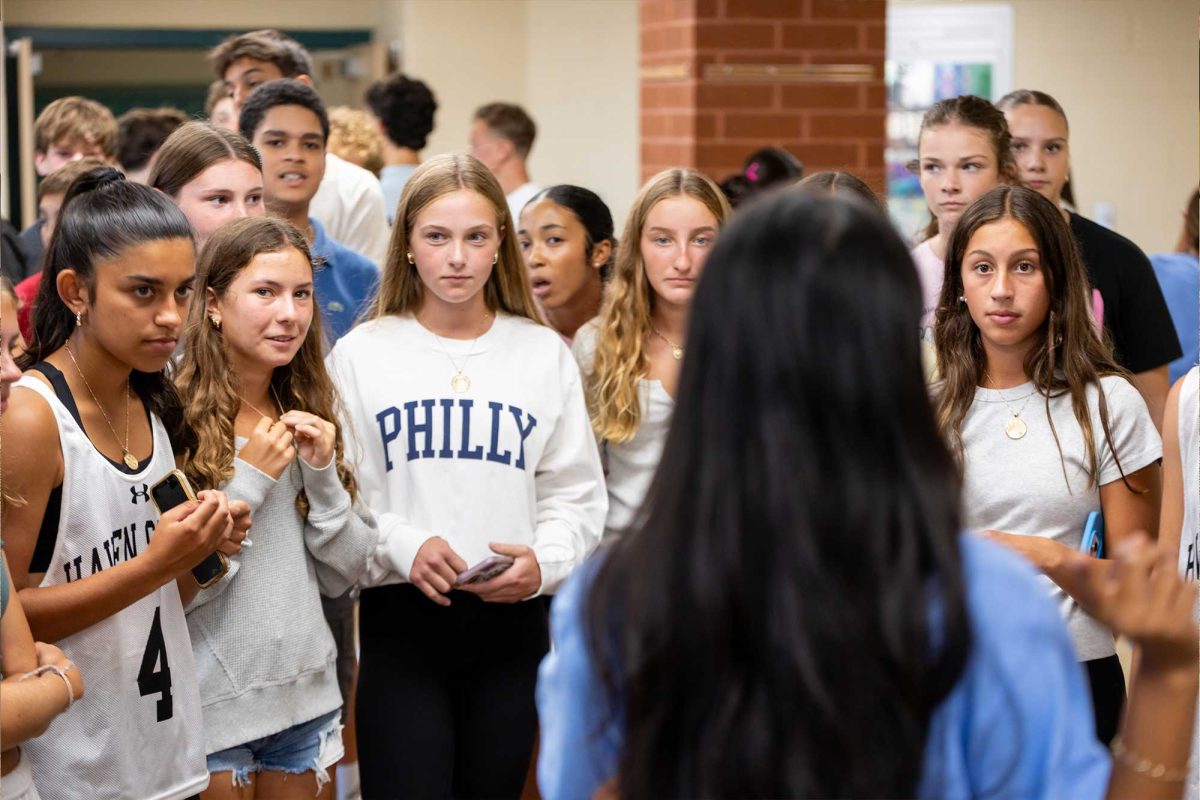As snow covers the high school hill, students grab their sleds and turn the hill into a playground. However, a difficult process occurs behind the scenes before they enjoy a day off. It’s a process that determines whether students bring their backpacks to school or drag out their sleds.
Many students hope for a snow day without knowing what goes into that decision. Administrators do more than just check the forecast. The process starts days before and may include waking up at three a.m.
“We’ll have others around the district getting up early, checking roads,” Interim Superintendent Dr. Jim Scanlon said. “I make calls to overnight policemen that are driving roads in the night to give me an idea of what the roads are like. Our facilities guys are in, making sure we got salt, plows, and everything down.”
When the weather is easier to predict, Scanlon and other superintendents from schools in Delaware County meet on a call to discuss whether they will close, delay, or keep school open.
“Then, you go, and you put messages out. You send text messages, emails. I do a phone call,” Scanlon said. “That’s early in the morning for some storms when you know it’s coming.”
The messages are sent via email and phone and posted on all the district’s social media platforms. Ms. Rachel Riley, the Director of Communications, communicates the closure or two-hour delay to the community, including NBC10 and FOX29.
Dr. Scanlon likes to record his voice for the snow closure,” Riley said. “I think it’s such a nice personalized touch to hear that voice. [In] his last one, he said, ‘enjoy the snow,’ ‘get out and go play,’ and things like that, which I think is really fun.”
If possible, Scanlon prefers to make the call the day before.
“It gives parents an opportunity if they have to make daycare arrangements because they might have to go to work, especially if you have younger kids,” Scanlon said. “It’s hard to do it when you’re scrambling at five in the morning.”
There’s no limit to the number of snow days allowed. Or rather, there isn’t a maximum. In 2024, the state school code changed, meaning a school district can decide whether to have 180 school days or 990 total instruction hours.
For the 2024-2025 school year, the district scheduled 182 school days, counting two snow closures. There is no limit on the number of snow closures a district can count, but this year has only two days built into the calendar.
If the number of closures exceeds the estimated number, the district will have to add days to the end of the school year.
“I worked in a district where we would schedule 186 days of school, so we built six snow days in,” Scanlon said. “If we didn’t use them, we got out a week early. It’s pretty convenient.”
There is a way around exceeding the estimated closures built into the calendar. It’s called a Flexible Instruction Day (FID). According to the Pennsylvania Department of Education, a FID is a program available to public schools as an alternative to instruction if a circumstance prevents it. A FID program may be online, offline, or a combination of both.
A district must apply to the Pennsylvania Department of Education to provide instruction under an FID. According to Scanlon, the Wallingford-Swarthmore School District will apply for FIDs for the 2025-2026 school year.
“The deadline [to apply for FIDs] is June 30,” Scanlon said. “We couldn’t do that this year but we are going to apply for next year just so we have that in the arsenal.”
While students dump ice in their toilets, administrators are hard at work, ensuring they make the best decisions for their staff, students, and families.
“If you’re not following on social media, you should. We also have a full website dedicated to inclement weather,” Riley said. “So, if you have any concerns about your school schedule, two-hour delays, where buses go, and things like that, you can always check out the website.”



